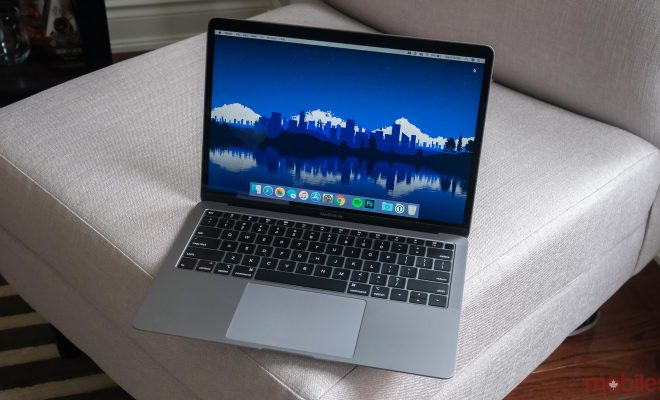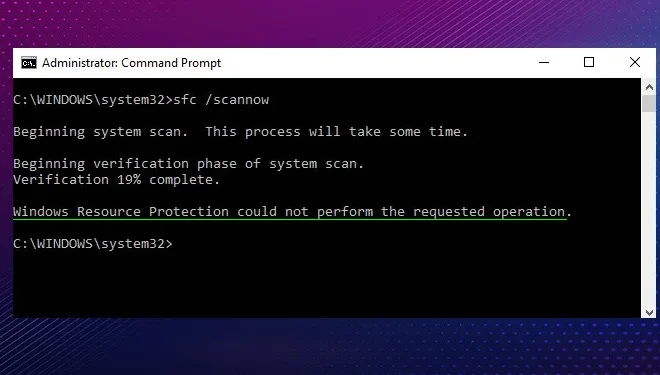How to Install macOS in a Virtual Machine on Ubuntu Linux

MacOS is a well-known operating system designed exclusively for Apple devices. It is known for its user interface, security, and stability. Many developers and enthusiasts like to work with macOS without purchasing a full-fledged Mac computer. In such cases, installing macOS in a virtual machine on Ubuntu Linux is an excellent solution. Here’s how to install macOS on a virtual machine on Ubuntu Linux:
Step 1: Install VirtualBox
VirtualBox is an open-source virtualization software that allows you to run multiple virtual machines on your host operating system. To install VirtualBox, you can use the Ubuntu Software Center or execute the following command in your terminal:
$ sudo apt install virtualbox
Step 2: Download macOS
You can download the macOS installation file (also called the DMG file) from the Apple Store. However, if you do not have access to the Apple Store, you can download it from third-party websites.
Step 3: Create a new virtual machine
Open VirtualBox and click on the “New” button to create a new virtual machine. You will be asked to enter a name for the virtual machine, and also specify the type and version of the operating system you want to install. In this case, select “Mac OS X” as the operating system type and then choose the version of macOS you want to install.
Step 4: Configure the virtual machine
After creating a new virtual machine, you need to adjust the virtual machine’s settings so that it can run correctly. Click on “Settings,” and in the “System” tab, increase the amount of RAM and allocate at least two CPU cores to the virtual machine. In the “Display” tab, increase the graphics memory and enable 3D acceleration. In the “Storage” tab, select the DMG file you downloaded earlier as the virtual machine’s hard disk.
Step 5: Install macOS on the virtual machine
Start the virtual machine and select the “Install macOS” option. Follow the prompts to install macOS on the virtual machine. It is essential to keep in mind that macOS may take a while to install, so be patient and do not interrupt the installation process.
Step 6: Configure macOS settings
After installing macOS on the virtual machine, you need to configure the settings to be compatible with the virtual machine. In the “VirtualBox Guest Additions” section in the “Devices” menu, install Guest Additions for macOS. This step is optional but recommended as it helps optimize the virtual machine for efficient use.
By following these steps, you can install macOS on a virtual machine on Ubuntu Linux. Once installed, you can use macOS to develop applications, test programs, or experiment with the operating system. However, it is essential to note that using macOS on a virtual machine is not as efficient as using it on a physical Mac. Therefore, ensure that your computer meets the requirements to run a virtual machine with macOS installed.






